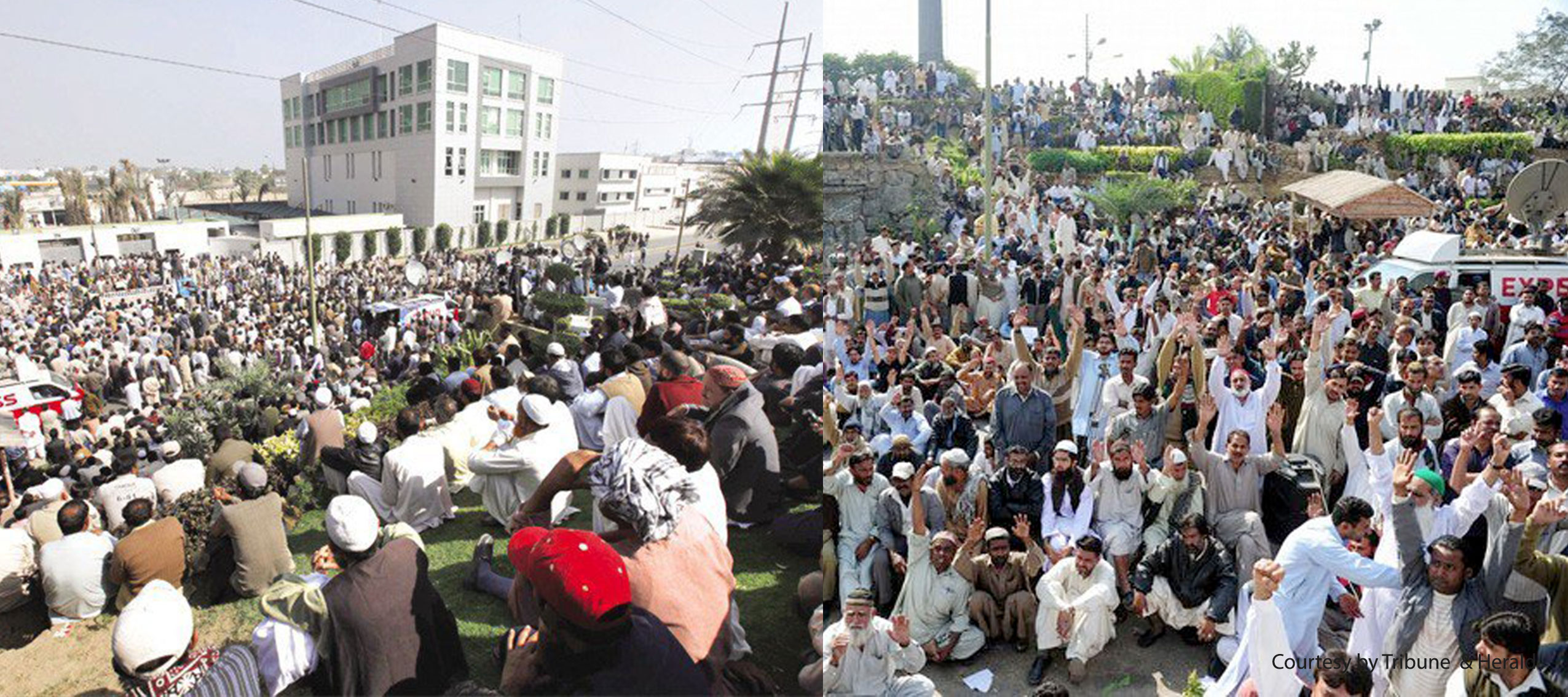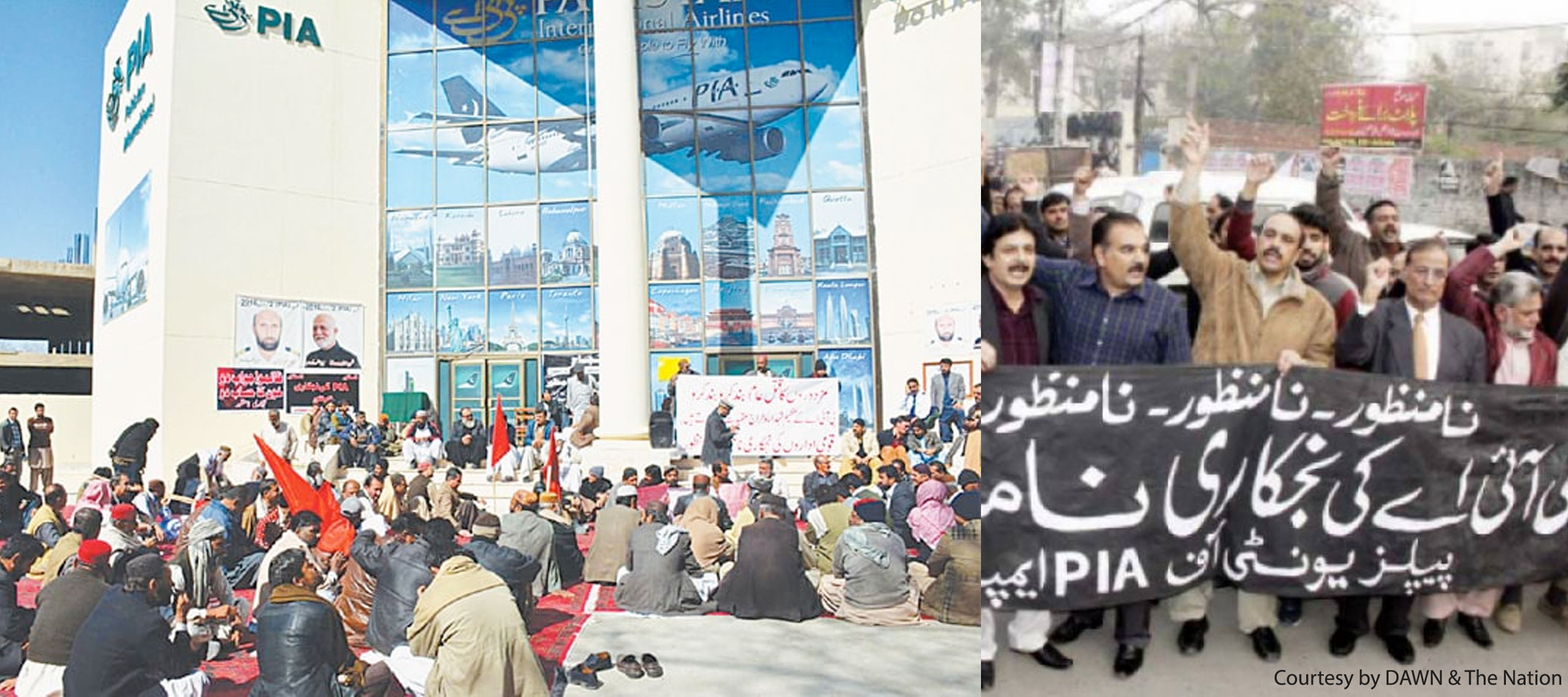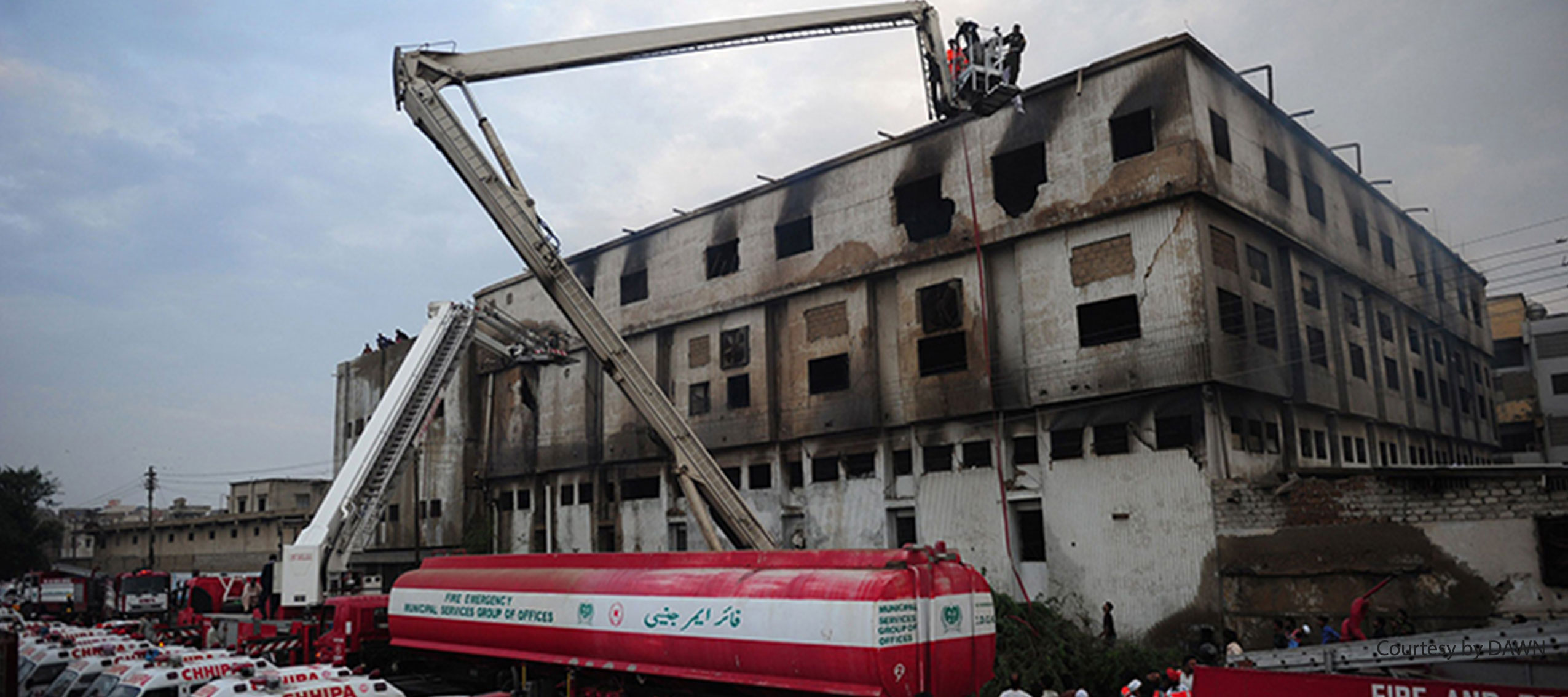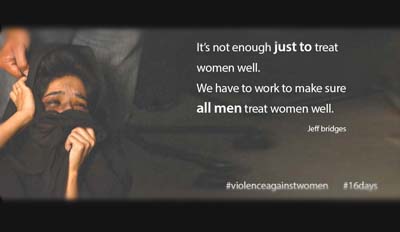Post end of history in Pakistan
By FT correspondent
Pakistan has one of the largest labour and manpower resources in the world. According to data produced by the CIA World Factbook, the total number of Pakistan's labour force is 58.4 million, making it the 10th largest country in terms of available human workforce. About 20.1% of labour force is involved in industry. The conditions however under which Pakistan's blue-collar labour works have often been raised by trade unions and workers' rights organizations.
While the labor movements across the globe are accredited to have led to efforts to stop child labor, give health benefits, and provide aid to workers who were injured or retired, Pakistan’s checkered history of peasant movements, and laborers is less inspiring for all the obstacles it faced at every turn.
Amongst this list of slights committed by the state and the mighty in this country against people’s movements were the ban on student and worker’s unions in 1954 , and the crackdowns of Ayub and Bhutto’s regime on communist party and industrial workers protesting for their rights in an increasingly oppressive time. The outlawing of the National Awami party in 1975 and other such ventures have all been in the name of a crusade against workers dubbed as foreign agents who wish to destabilize the country. This is perhaps one of the most important reason labor movements never managed to gain center stage in Pakistan.
Corruption was seeped into public institutions the like of Railways and WAPDA to deliberately ward off any Worker’s Unions. Here, political parties manipulated their public with forcing people to acquiesce to Golden Handshakes to serve ulterior political motives. Not only Communist ideology was shunned, but labour movement was discouraged by the Essential Services Act of 1958.
The recent suppression of the workers, however, with strong kinship, feudalism, and dynastic politics, it explains why an egalitarian democracy has failed to flourish in this country.

The LHW scheme was a notable success in a country where providing access to healthcare, particularly for women and children in remote areas, remains a challenge. Since 1994, when the scheme was launched, LHWs have formed the backbone of the primary healthcare system. With an army of over 100,000 workers, it is amongst the biggest outreach interventions in South Asia and covers 60 per cent of the population. Over the years, the duties of these workers, responsible for dozens of households in their areas, have expanded from reproductive health and family planning to include campaigns such as polio vaccine administration, and tuberculosis and malaria control. The programme is funded by the Public Sector Development Programme, whose resources have suffered continual clipping over the years. The protests started on March 23 when over 2,500 LHWs gathered on the National Highway at the Sindh-Punjab border to press for the regularization of their services. After the sit-in continued for 16 hours, police resorted to the unnecessary use of batons and teargas to break up the gathering. This only simmered after government assurances to address their grievances. (Courtesy Dawn)

Karachi Electric Supply Company’s (KESC) management, to cut costs, decided to reduce its staff in 2010. On December 31, 2010, KESC offered nearly 4,000 non-core employees a voluntary separation scheme; the packages varied from a minimum of 700,000 rupees to a maximum of 4,735,000 rupees. Later, those who did not opt for the voluntary separation scheme were sacked on January 20, but were rehired on the intervention of the Sindh government. (Courtesy Herald)

The unions protesting since last year want withdrawal of the privatization bill and revision of Pakistan’s liberal aviation policy.

A judicial probe into the blaze of clothing factory in Baldia Town that killed 255 workers was damning, pointing to a lack of emergency exits, poor safety training for workers, the packing in of machinery and the failure of government inspectors to spot any of these faults. No one has been prosecuted over the catastrophe, keeping in mind that it is one of the deadliest industrial accidents in Pakistan’s history. (courtesy dawn)
Looking at these very recent catastrophes and failed organized attempts for job security, better wages, reasonable hours, and safer working conditions ring the falseness in claims of the end of history.








